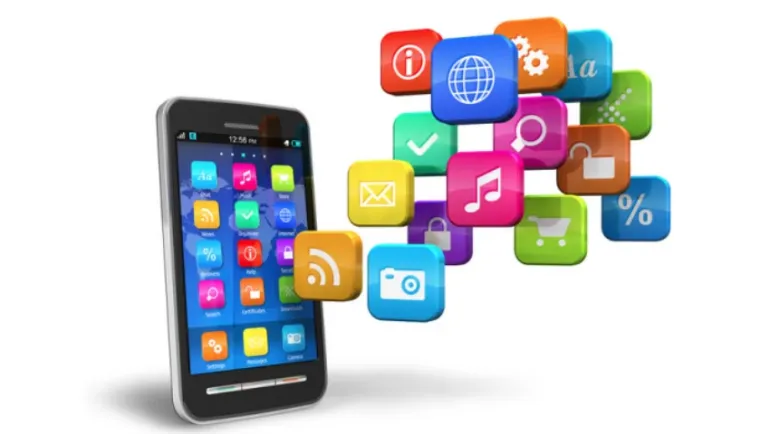
Mobile apps are an inseparable part of modern life. From the moment we wake up to when we sleep, apps help us manage tasks, connect with others, entertain ourselves, and even control our homes. But the journey to today’s app-dominated world didn’t happen overnight. The evolution of mobile apps has been a dynamic and transformative process, shaped by advances in technology, consumer behavior, and global trends.
The origins of mobile apps go back to the early mobile phones of the 1990s. These early apps were pre-installed and basic—think calculators, calendars, and alarm clocks. Devices like the IBM Simon (released in 1994) offered rudimentary features like a note pad and a contact book, but no external app installations.
By the early 2000s, Nokia phones introduced iconic games like Snake, which became one of the first mobile gaming sensations. But apps were still tied directly to the device's firmware with no standardized way to install new ones.
Everything changed in 2007 with the launch of the Apple iPhone, followed by the App Store in 2008. Apple’s decision to allow third-party developers to create apps revolutionized mobile usage. Suddenly, mobile phones were no longer just communication devices—they were platforms for endless possibilities.
Shortly after, Google launched the Android Market (later renamed Google Play Store), introducing an open-source ecosystem that allowed more flexibility for developers.
This era saw the rise of iconic apps like:
Apps became social, fun, and highly engaging.
As smartphones became more affordable and data networks improved, mobile apps exploded in popularity. This period marked the transition from simple utility or entertainment to full-scale digital ecosystems. Apps weren’t just standalone experiences anymore—they became platforms in themselves.
During this time:
Developers began focusing on user experience (UX), performance, and monetization through in-app purchases, ads, and subscriptions.
As the app landscape grew more competitive, personalization became key. Apps began to use user data to create customized experiences. Music streaming apps like Spotify and video platforms like Netflix refined recommendation engines, while fitness apps tailored workout plans based on user goals.
At the same time, developers started embracing cross-platform tools like React Native and Flutter to reduce development time and cost, allowing the same codebase to work across both Android and iOS.
This period also saw:
Mobile apps in the 2020s are smarter, faster, and more powerful. Artificial intelligence (AI) and machine learning (ML) are now deeply embedded in many apps. Whether it’s predictive typing, facial recognition, smart assistants, or automation, AI is reshaping how users interact with apps.
Examples of AI-driven mobile apps include:
Additionally, health and wellness apps expanded their role during the COVID-19 pandemic, offering features like telemedicine, mental health support, and workout tracking—all powered by data analytics and smart integrations.
Apps now integrate with wearables, IoT devices, and home automation systems, creating seamless ecosystems.
Despite progress, developers face several challenges:
Still, the pace of innovation shows no signs of slowing down.
The evolution of mobile apps mirrors the evolution of modern life—fast, personalized, and constantly connected. What began as simple tools has become an ecosystem that shapes how we work, socialize, learn, and relax. From early calculator apps to today’s AI-integrated platforms, the journey of mobile app development is far from over.
As technologies like 5G, AR, and AI continue to mature, we can expect the next generation of apps to be even more intelligent, immersive, and integrated into every part of our daily lives. Whether you're a developer, business owner, or just a curious user, understanding this evolution helps you stay ahead in the ever-changing digital landscape.












Comments
There are no comments for this Article.